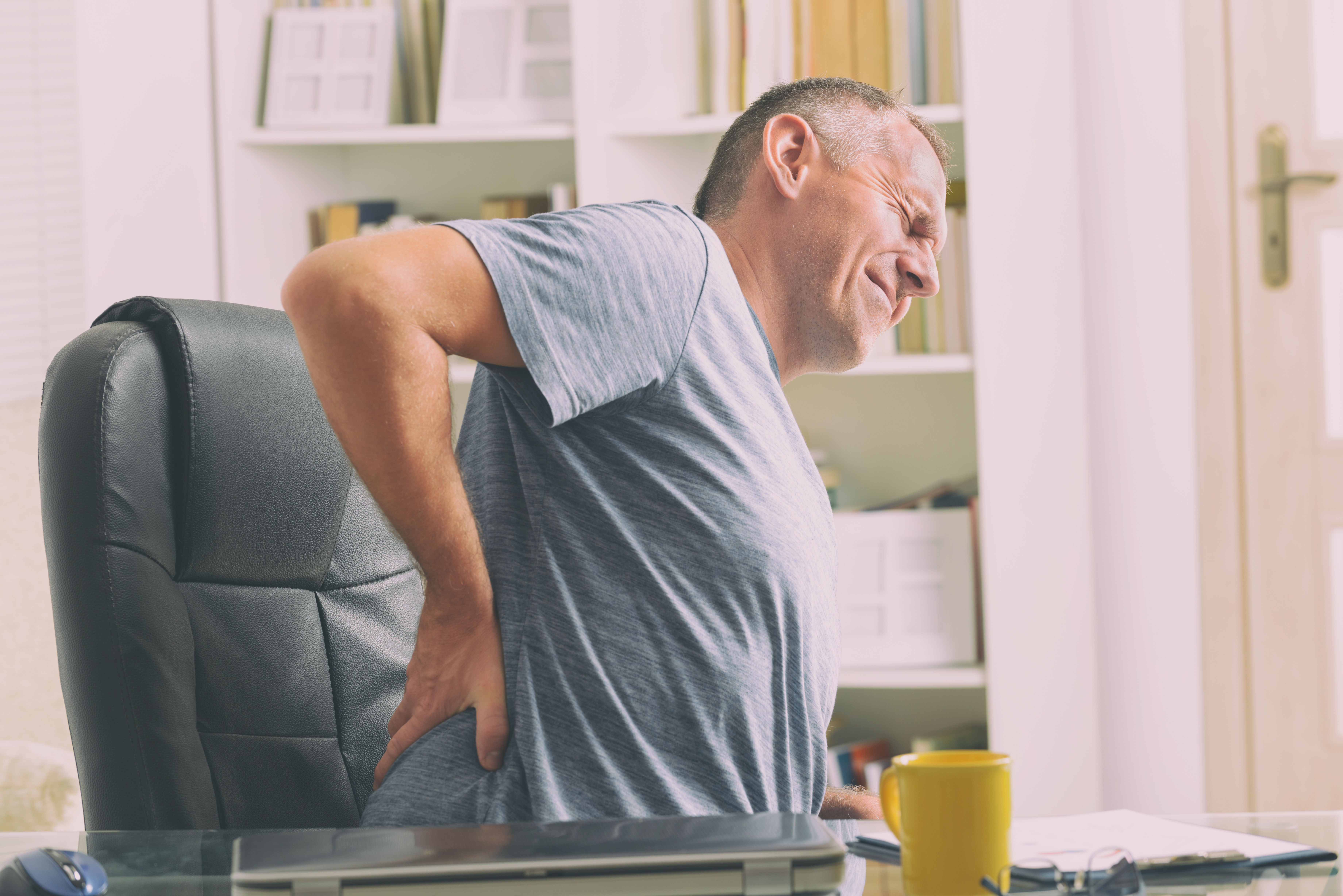DIAGNOSIS
To examine where you’re suffering from pain, doctors conduct a physical examination. You may undergo certain observations regarding your senses. Then the doctor can determine if your low back pain affects your nerves.
Other tests are required for certain symptoms like lack of bowel control, weakness, fever, and even weight loss. If you are experiencing any of these symptoms in addition to low back pain, seek medical attention immediately.
Bone problems, disc problems or problems with ligaments need imaging tests so that the doctor can properly diagnose the problem.
A bone density scan will be requested if the doctor suspects any problem. Nerve problems are identified through electromyography (EMG).
TREATMENT
Home Care
Within three days after the pain begins, self-care methods are helpful. You should visit a doctor if these don’t help.
Take a rest for a couple of days, then apply a cold and hot compress to your back. Doctors usually recommend 2 – 3 days of using ice packs then switching to a heat pack to relax muscles. This is called the RICE protocol (REST, ICE, COMPRESSION, ELEVATION) which is mostly done in the first 48 hours.
It is more uncomfortable sometimes to lie on your back. Put a pillow between your leg, and try lying on your side with your knees bent. Place a pillow beneath your thighs to reduce the pressure on your lower back if you don’t feel any discomfort.
Medical Treatment
Different conditions occur with low back pain and these include muscle strain, weakness, pinched nerves, and spinal cord misalignment. Medication, medical devices, physical therapy may be effective. The doctor can decide about the exact dosage and application of medications. The doctor may prescribe some medications including muscle relaxants, nonsteroidal anti-inflammatory drugs (NSAIDs), narcotic drugs such as codeine for pain relief, steroids to reduce inflammation, and corticosteroid injections. Physical therapy including massage, stretching, strengthening exercises and back and spinal manipulation can be also prescribed by the doctor.
Surgery
This may be required in some cases. When all other treatments fail, surgery is usually the option unless there is a loss of bowel or bladder control or a progressive neurological loss that is an emergency.
A nerve root pressed by a bulging disc or bone spur is called discectomy. Removal of the bony part of the spinal canal which is a part of the lamina is done.
A procedure that opens up the foramen or the bony hole in the spinal canal where the nerve roots exist is called foraminotomy.


